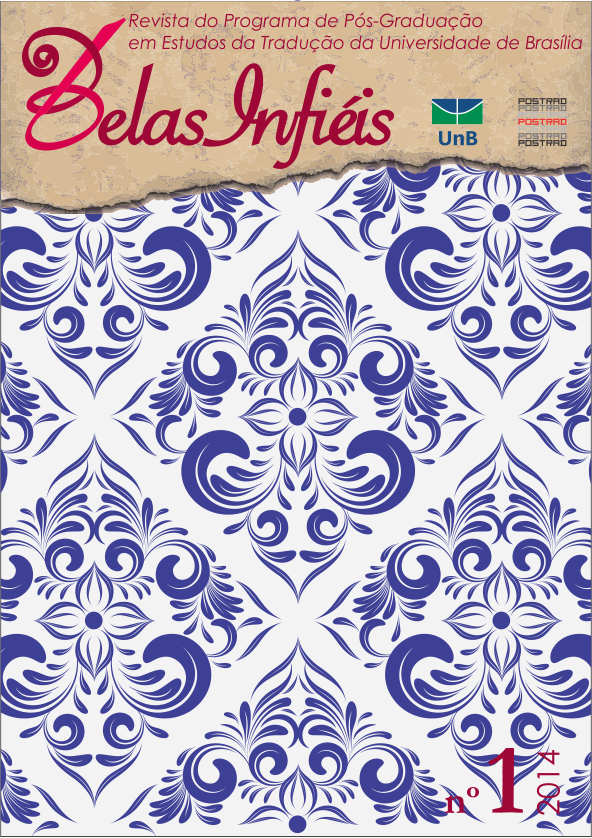ARCHITECTURAL SYMBOLISM AS INTERSEMIOTIC TRANSLATION:
MALCOLM BRADBURY’S THE HISTORY MAN
DOI:
https://doi.org/10.26512/belasinfieis.v3.n1.2014.11261Keywords:
architecture, intersemiotic translation, radicalism, sociology, structureAbstract
Campus novels describe isolated, almost autarchic utopias. In Malcolm Bradbury’s The History Man, this utopia is projected into a dystopian dimension by a functional and transparent architecture. The epoch is that of radical sociologists who fight against tradition, memory, privacy, and subtlety. The paper analyses the influence architecture can have on people’s minds and behaviours, or the damages inflicted by concrete-and-steel structures upon human configuration. This is a study about the excesses of structure.
Downloads
References
HALL, Stuart; DU GAY,Paul(eds.).Introduction: Who Needs Identity? Questions of Cultural Identity.London: Sage, 1996, p.1-17.
LEITER, Brian; SINHABABU, Neil (eds.).Nietzsche and Morality. Oxford: Clarendon Press, 2007.
LASH, Scott; URRY, John.Economies of Signs and Space. London: Sage, 1994.
MORACE, A. Robert. The Dialogic Novels of Malcom Bradbury and David Lodge. Illinois: Southern Illinois University Press, 1989.
RICOEUR, Paul(ed.). Hermeneutics and the Human Sciences. Translated by John B. Thompson. Cambridge: CambridgeUniversity Press, 1981.
RORTY, Richard. Contingency, Irony and Solidarity. Cambridge: Cambridge University Press, 1989.
STEVENSON, Randall. The British Novel since the Thirties: An Introduction, London: Greener Books, 1976.
TAYLOR, D.J.After the war: The Novel and England since 1945. London:Chatto & Windus, 1993.
WOODWARD, Kathryn. Identity and Difference. London: Sage, 1997.
Downloads
Published
How to Cite
Issue
Section
License
Given the public access to this journal, the texts are free to use but requires the recognition of the original authorship and initial publication in this journal to be properly stated.
 The journal allows the use of works published for non-commercial purposes, including the right to submit the work to publicly accessible databases. Published contributions are the sole and exclusive responsibility of the author(s).Â



















